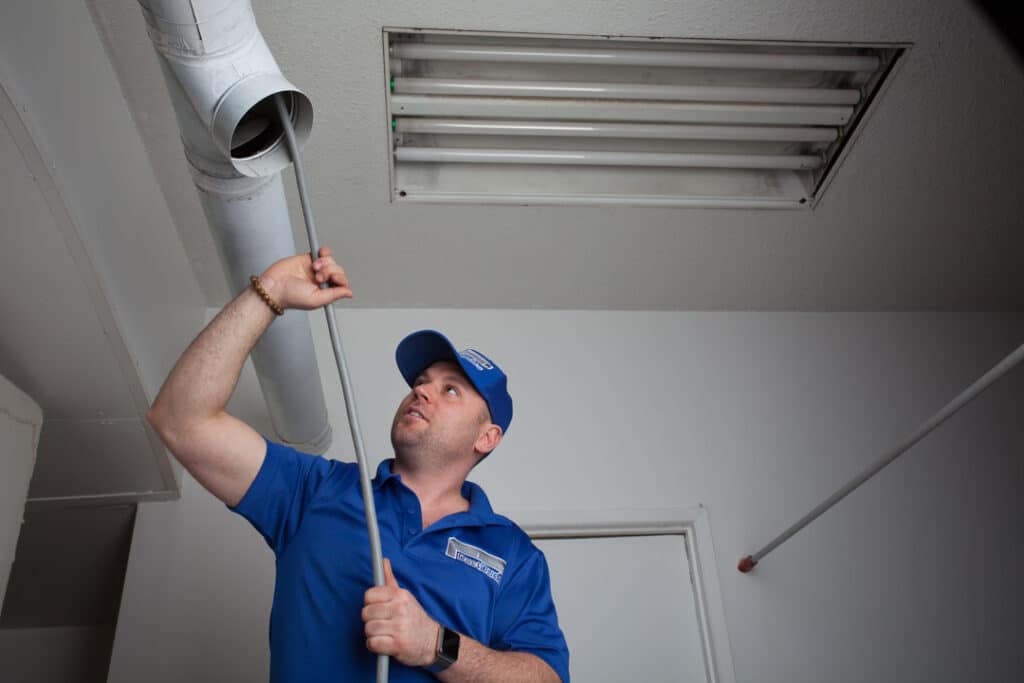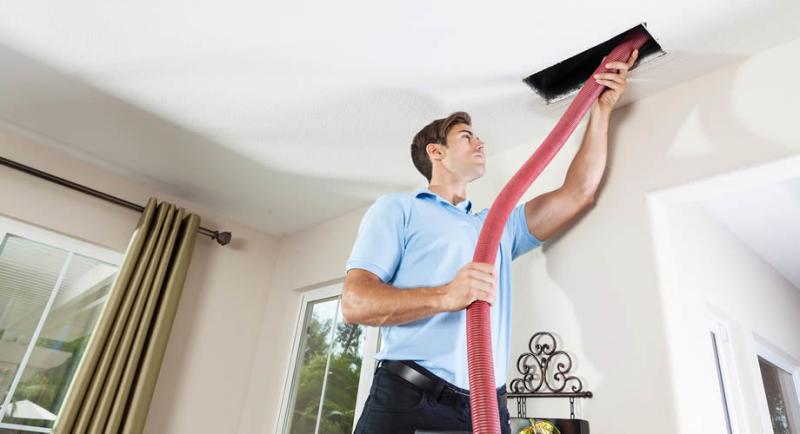When it comes to maintaining your HVAC system, knowing how to drain it correctly is crucial. This process ensures that your HVAC system runs efficiently, prolonging its lifespan and improving air quality in your home or business. In this detailed guide, we will delve into the steps and techniques for draining your HVAC system effectively.

Understanding the Importance of Draining Your HVAC System
The primary purpose of draining your HVAC system is to remove the condensate that accumulates over time. This moisture can lead to rust, mold, and bacteria growth, which can negatively affect the system’s performance and indoor air quality.
Essential Tools and Equipment
- Bucket or container
- Drain pan
- Wet/dry vacuum
- Cleaning rag or sponge
- Bleach or vinegar (for cleaning)
- Wrench or screwdriver
Step-by-Step Guide on How to Drain HVAC System
1. Turn Off the Power
Before you start, ensure the HVAC system is turned off to prevent any electrical hazards.
2. Locate the Drain Pan
The drain pan is usually located beneath the indoor air handler. It collects the condensate that drips off the coils.
3. Inspect the Drain Pan
Check the drain pan for any cracks or signs of damage. If the pan is damaged, it should be replaced to prevent leaks.
4. Remove the Condensate
Remove the water from the drain pan using a wet/dry vacuum or manually with a sponge and bucket.
5. Clean the Drain Pan
Clean the drain pan thoroughly using bleach or vinegar mixed with water. This helps eliminate any mold or bacteria.
Learn more about mold prevention
6. Locate the Drain Line
The drain line is usually a PVC pipe connected to the drain pan. Its job is to carry the condensate away from the HVAC unit.
7. Check for Clogs
Inspect the drain line for any clogs. A clogged drain line can cause water to back up and overflow the drain pan.
8. Clear the Drain Line
Use a wet/dry vacuum or a plumber’s snake to clear any blockages. Flushing the line with a mix of water and bleach also helps.
Check the EPA’s guide on HVAC maintenance
9. Reconnect the Drain Line
Once the drain line is clear, reconnect it securely to the drain pan.
10. Turn On the HVAC System
Turn the power back on and check to ensure that the system is draining properly.
Maintaining Your HVAC System
Regular maintenance of your HVAC system is essential to keep it running efficiently. This includes cleaning the air filters, inspecting the coils, and checking the refrigerant levels.
Common Problems and Solutions
1. Water Leakage
If you notice water pooling around your HVAC unit, it could indicate a blocked drain line or a cracked drain pan.
2. Musty Odors
Musty odors often indicate mold growth in the drain pan or line. Regular cleaning can prevent this issue.
3. Reduced Efficiency
An HVAC system that is not draining properly may run less efficiently, leading to higher energy bills.
Professional Help
While regular maintenance can be done by homeowners, some tasks may require professional assistance. Hiring a certified HVAC technician ensures that the job is done correctly and safely.
Conclusion
Knowing how to drain HVAC system is essential for maintaining its efficiency and longevity. With regular maintenance and timely interventions, you can ensure that your HV
FAQs
Why is it important to drain my HVAC system?
Draining your HVAC system removes accumulated moisture, which prevents rust, mold, and bacteria growth. This helps maintain the system’s efficiency and air quality.
How often should I drain my HVAC system?
It is recommended to drain your HVAC system at least once a year. However, the frequency might increase based on usage and the environment.
Can I drain my HVAC system myself?
While basic maintenance like draining can be done by homeowners, certain tasks may require professional help for thorough inspection and cleaning.